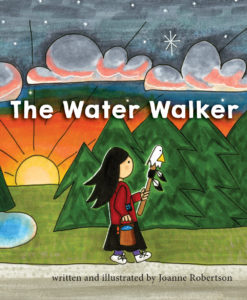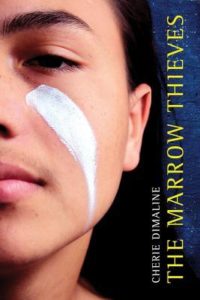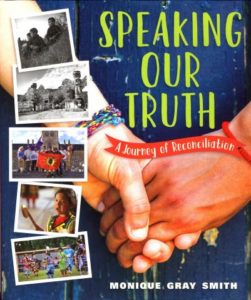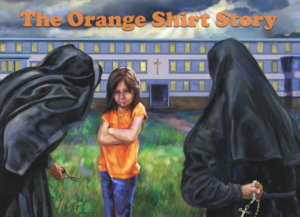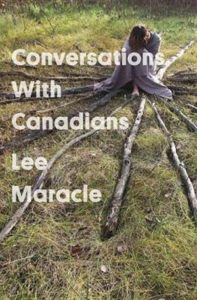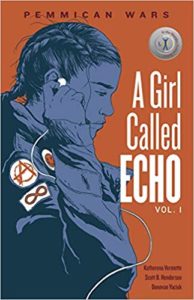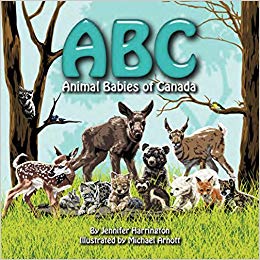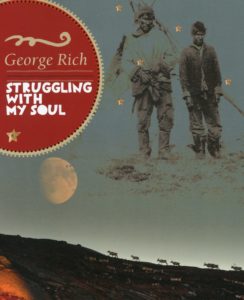Land Acknowledgement
This place we call Guelph has served as traditional lands and a place of refuge for many peoples over time, more specifically the Attiwonderonk, and the Haudenosaunee. This land is held as the treaty lands and territory with the Mississaugas of the Credit First Nation. Guelph lies directly adjacent to the Haldimand Tract and is part of a long-established traditional hunting ground for the Six Nations of the Grand River. Many First Nations, Inuit, and Métis peoples who have come from across Turtle Island call Guelph home today.
Guelph Museums commits to the Truth and Reconciliation Commission’s Calls to Action. We must do more to learn, share and support truth and healing.
What is a Land Acknowledgement?
A Land Acknowledgement is a formal statement that recognizes the unique and enduring relationship that exists between Indigenous Peoples and their traditional territories.
“To think about land activation and land acknowledgment is to remember that there are these rich Indigenous governances that still exist, that are ongoing and that will go into the future,“ said Karyn Recollet, (Cree) Associate Professor at the University of Toronto’s Women and Gender Studies Institute.
Why Are Land Acknowledgements Important?
To recognize the land is an expression of gratitude and appreciation to those on whose territory you reside and a way of honouring the Indigenous people who have been living and working on the land from time immemorial. It is important to understand the long-standing history that has brought you to reside on the land and to seek to understand your place within history. Land acknowledgements do not exist in past tense or historical context: colonialism is a current ongoing process, and we need to build mindfulness of our present participation. It is also worth noting that acknowledging the land is Indigenous protocol.
Beyond Land Acknowledgement
Land acknowledgments are crucial in sustaining awareness and remembrance, however, they require action and participation in order to fulfill a purpose. We each hold responsibility for participating in this process. By taking time to learn about the truths and histories, through self-reflection and building relationships with the Indigenous community, we can begin to heal.
Guelph Museums’ Commitment
Guelph Museums is accountable to the Truth and Reconciliation Commission’s Calls to Action and the National Inquiry into Murdered and Missing Indigenous Women and Girls Calls to Justice. We are adjusting the way history has been portrayed at the Museums to incorporate authentic Indigenous voices, stories, and knowledge, which have traditionally been sidelined in favour of colonial narratives. Guelph Museums considers truth and reconciliation fundamental in upholding its mandate to be a community museum that makes a difference, improving the lives of residents and visitors to the City of Guelph.
Treaty 3: Between the Lakes Purchase Territory
Guelph Museums is situated on Treaty 3 Territory: Between the Lake Purchase, established in 1792. Treaties have been used in practice between Indigenous Nations long before European Settlers arrived. Treaties represent an agreement and respectful partnership between peoples, and are constitutionally recognized agreements between Indigenous Peoples and the Crown. Treaties cover relationships, titles to land, payment of goods, protection of rights, conservation and self-government. These arrangements were often betrayed, and colonial policies were put in place to exploit, assimilate and eradicate Indigenous Peoples.
Treaty 3: Between the Lakes Purchase is an agreement between the Mississaugas of the Credit First Nation and the Crown, and covers the municipalities now known as Guelph, Brantford, St. Catharines, Hamilton, Waterloo and Cambridge. The alliances state the land between Lake Huron and Lake Erie, 550,000 acres, was granted to the Six Nations in 1792 along with six miles on each side of the Grand River (Haldimand Proclamation, 1784). The Crown acquired 3,000,000 acres of land from the Mississaugas of the Credit, distributing 550,000 acres to Six Nations and 2,450,000 acres to the British Loyalists.
Treaties were often represented in ways other than paper documents by Indigenous Nations. Haudenosauee practice is to use wampum belts to document treaties and narrate traditions, histories and laws. Beads made from Quahog shells, both white and purple, are held together by string. The Two Row Wampum (Guswenta), created in 1613, is an agreement between the Haudenosaunee Confederacy and the Dutch Settlers stating that each party would respect one another and live in peace. Two purple lines run through a row of three white wampum lines. The two purple lines represent the sailboat and the canoe meaning: “We will go down the river of life, parallel to each other and never merging.” The first-row of white beads symbolizes friendship, the second-row good mind, and the third-row peace, altogether resembling a river.
We have an individual responsibility to recognize and honour the treaties of Turtle Island. Treaties Recognition Week, during the first week of November, is an initiative introduced in 2016 to encourage learning about the importance of treaties, treaty rights and relationships.
Indigenous Reads
Book recommendations by Indigenous authors and illustrators to add to your reading list! Share your recommendations with us via social media and tag @guelphmuseums on Instagram, Facebook and Twitter.
- The Water Walker, written and illustrated by Joanne Robertson
- The Marrow Thieves, written by Cherie Dimaline
- Speaking Our Truth: A Journey of Reconciliation, written by Monique Gray Smith
- The Orange Shirt Day, written by Phyllis Webstad and illustrated by Brock Nicol
- My Conversations With Canadians, written by Lee Maracle
- I Am Not A Number, written by Jenny Kay Dupuis and Kathy Kacer, illustrated by Gillian Newland
- We Are All Treaty People, written by Maurice Switzer and illustrated by Charley Hebert
- When We Were Alone, written by David Robertson and illustrated by Julie Flett
- A Girl Called Echo, Vol. 1, Katherena Vermette
- ABC Animal Babies of Canada, written by Jennifer Harrington, illustrated by Michael Arnott
- Struggling with My Soul, written by George Rich
Learn More
Margaret Froh on Métis Experiences with Treaties
Gabrielle Scrimshaw on Indigenous Prosperity
Treaty Recognition Week: Listen, Read, Watch and Reflect
Rick Hill on Rethinking the Two Row Wampum
Doug Williams on treaties’ impact on First Nations languages and cultures
Pronunciations
Haudenosaunee [Ho-deh-no-show-nee]
Anishinaabek [Ah-nish-nah-beg]
Ojibwe [Oh-jib-way]
Métis [May-tee]
Inuit [In-ou-eet]
Onondaga [On-on-daw-ga]
Tuscarora [Tusk-a-rora]
Oneida [Oh-nye-da]


